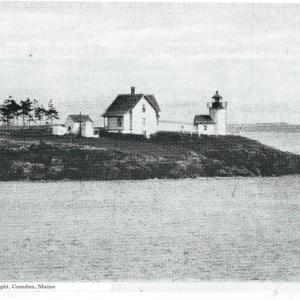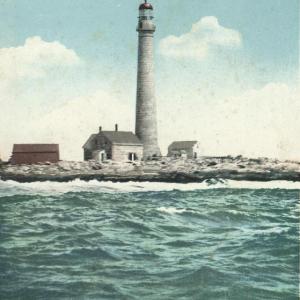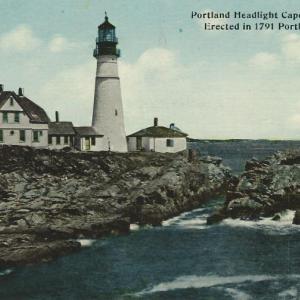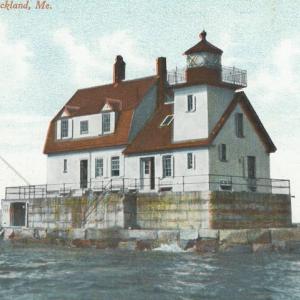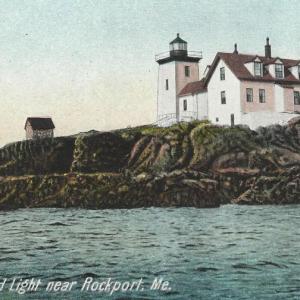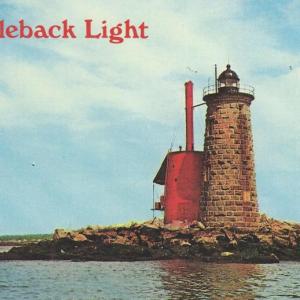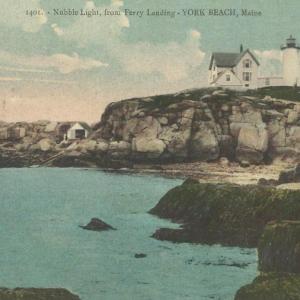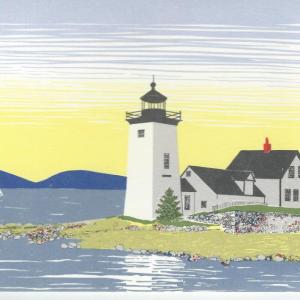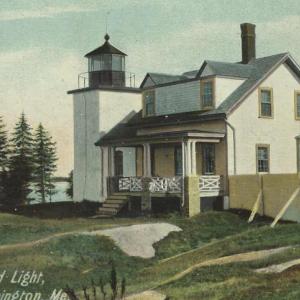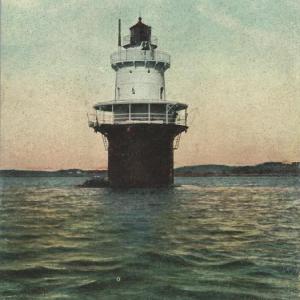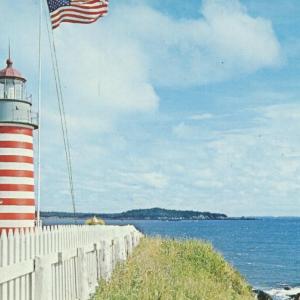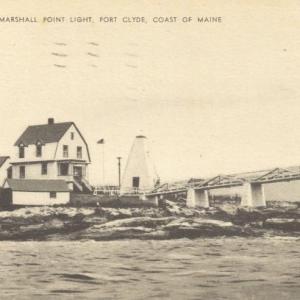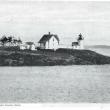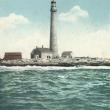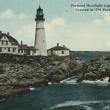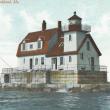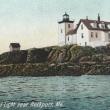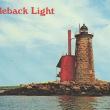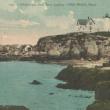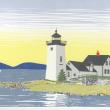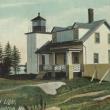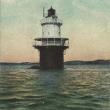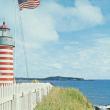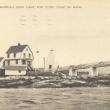Barbara F. Dyer: Love the lighthouses
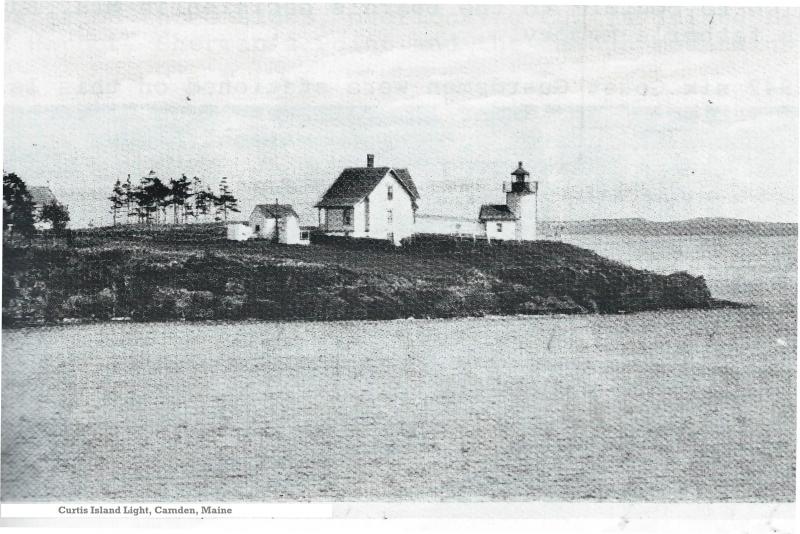 Curtis Island Lighthouse. (Photo courtesy Barbara F. Dyer)
Curtis Island Lighthouse. (Photo courtesy Barbara F. Dyer)
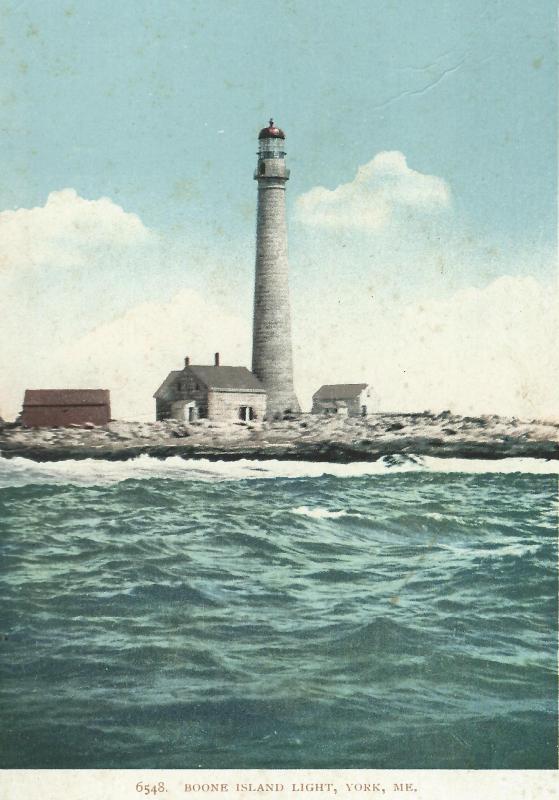 Boon Island Lighthouse. (Photo courtesy Barbara F. Dyer)
Boon Island Lighthouse. (Photo courtesy Barbara F. Dyer)
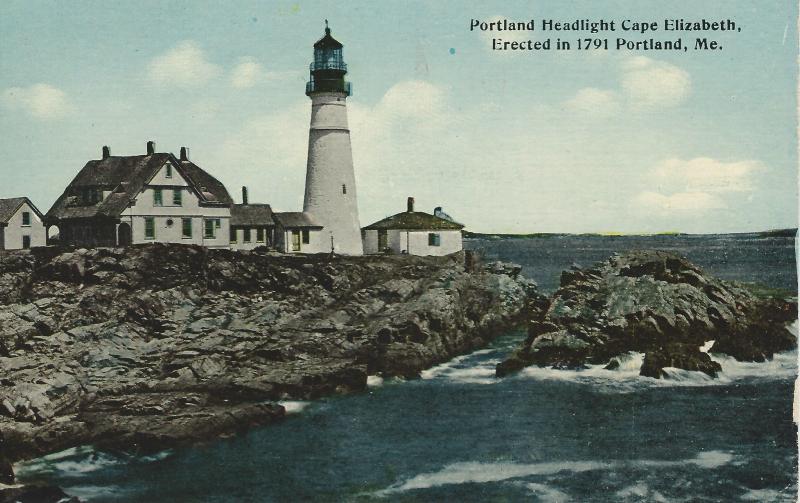 Portland Head. (Photo courtesy Barbara F. Dyer)
Portland Head. (Photo courtesy Barbara F. Dyer)
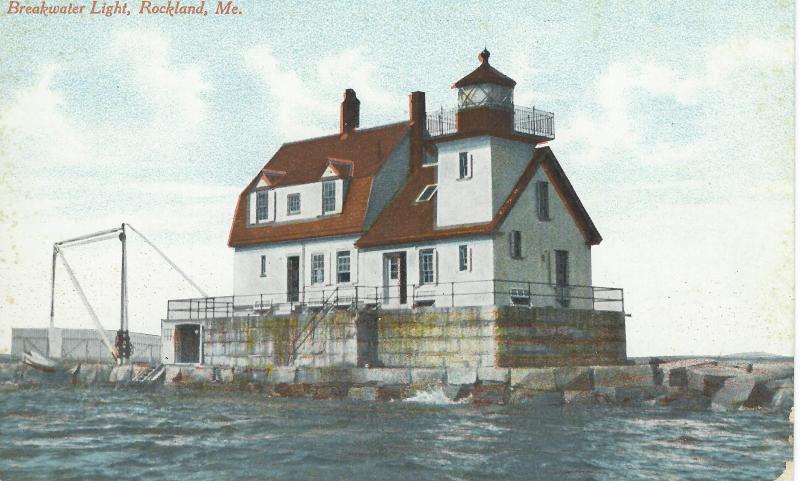 Rockland Breakwater. (Photo courtesy Barbara F. Dyer)
Rockland Breakwater. (Photo courtesy Barbara F. Dyer)
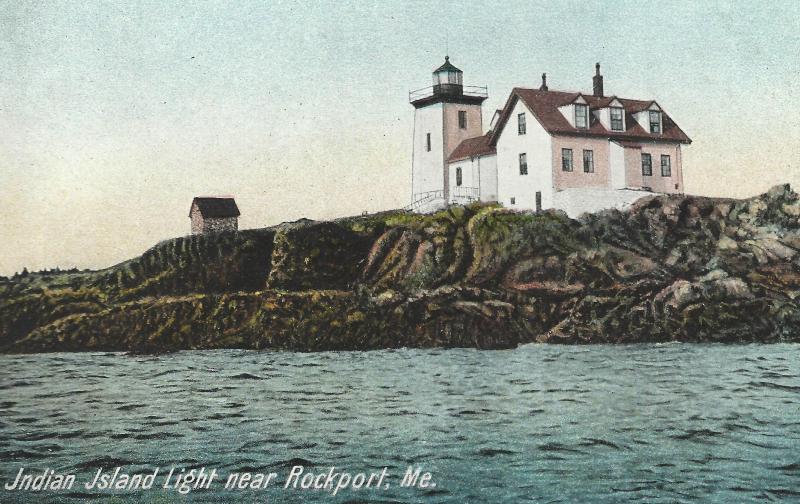 Indian Island Lighthouse, Rockport. (Photo courtesy Barbara F. Dyer)
Indian Island Lighthouse, Rockport. (Photo courtesy Barbara F. Dyer)
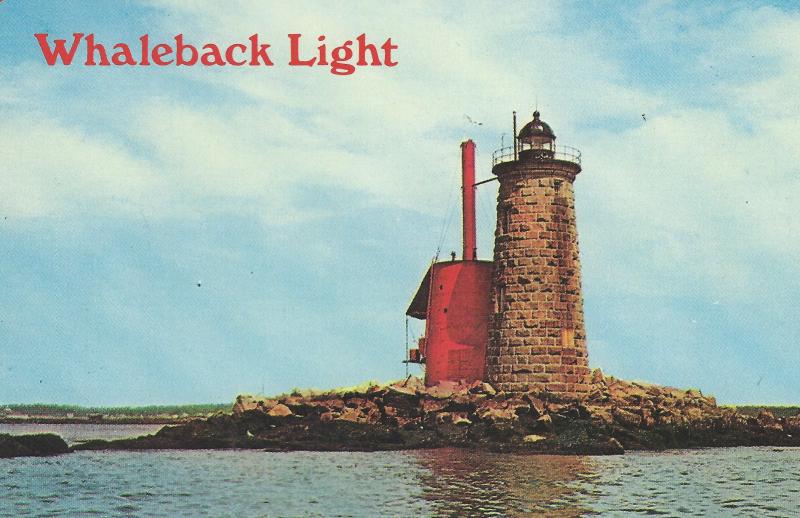 Whale Back Lighthouse. (Photo courtesy Barbara F. Dyer)
Whale Back Lighthouse. (Photo courtesy Barbara F. Dyer)
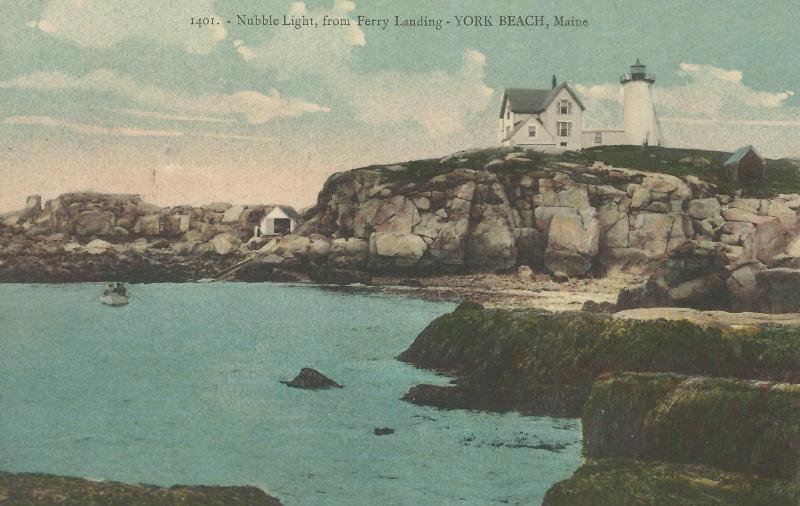 Pemaquid Lighthouse. (Photo courtesy Barbara F. Dyer)
Pemaquid Lighthouse. (Photo courtesy Barbara F. Dyer)
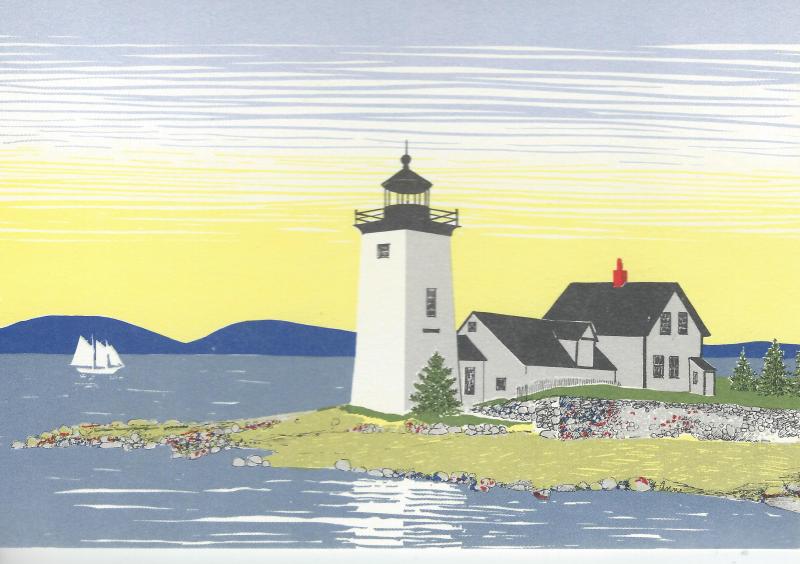 A painting of Grindle Point Lighthouse on Islesboro, by Anne Kilham, of Rockport. (Photo courtesy Barbara F. Dyer)
A painting of Grindle Point Lighthouse on Islesboro, by Anne Kilham, of Rockport. (Photo courtesy Barbara F. Dyer)
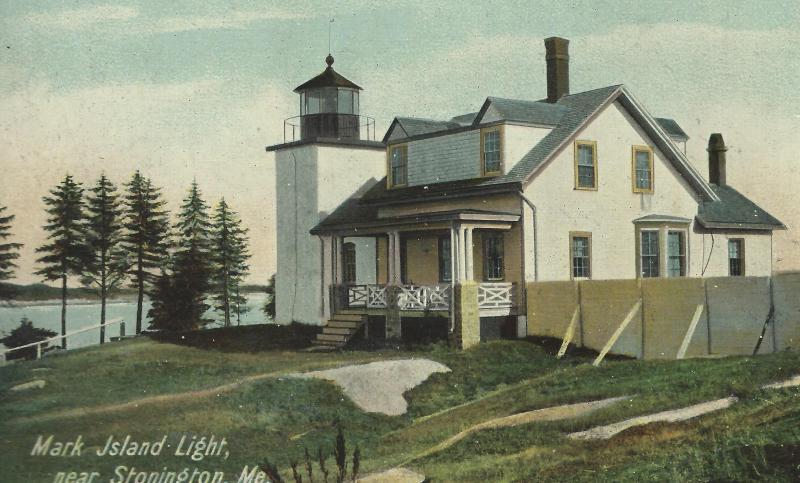 Mark Island. (Photo courtesy Barbara F. Dyer)
Mark Island. (Photo courtesy Barbara F. Dyer)
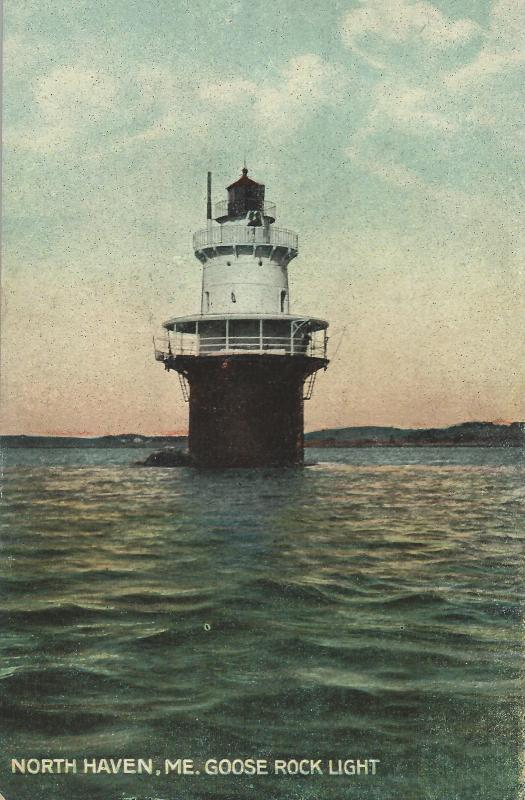 Goose Rock. (Photo courtesy Barbara F. Dyer)
Goose Rock. (Photo courtesy Barbara F. Dyer)
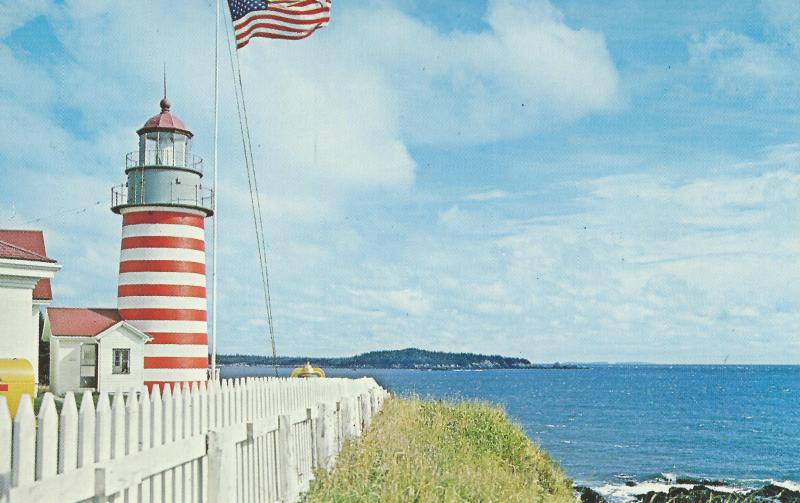 West Quoddy Head. (Photo courtesy Barbara F. Dyer)
West Quoddy Head. (Photo courtesy Barbara F. Dyer)
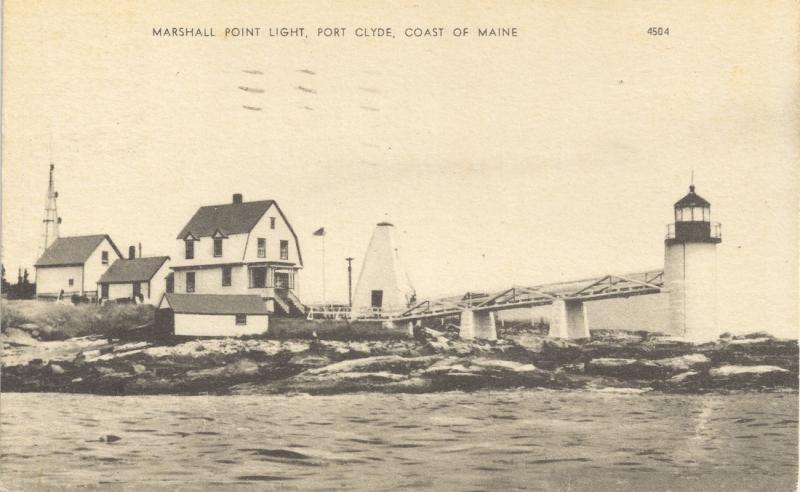 Marshall Point Lighthouse. (Photo courtesy Barbara F. Dyer)
Marshall Point Lighthouse. (Photo courtesy Barbara F. Dyer)
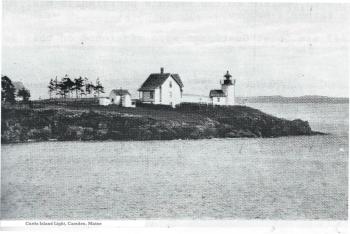 Curtis Island Lighthouse. (Photo courtesy Barbara F. Dyer)
Curtis Island Lighthouse. (Photo courtesy Barbara F. Dyer)
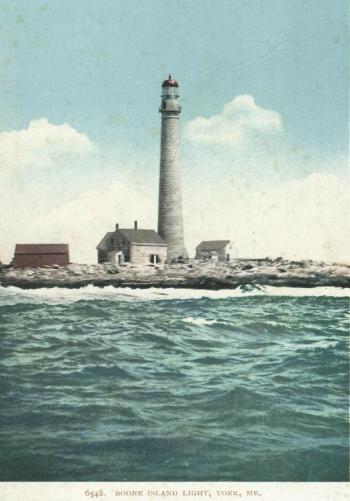 Boon Island Lighthouse. (Photo courtesy Barbara F. Dyer)
Boon Island Lighthouse. (Photo courtesy Barbara F. Dyer)
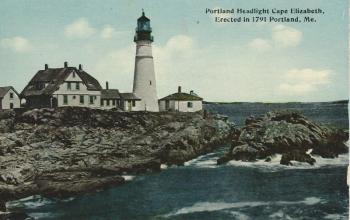 Portland Head. (Photo courtesy Barbara F. Dyer)
Portland Head. (Photo courtesy Barbara F. Dyer)
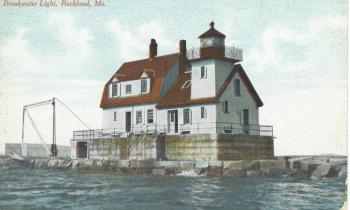 Rockland Breakwater. (Photo courtesy Barbara F. Dyer)
Rockland Breakwater. (Photo courtesy Barbara F. Dyer)
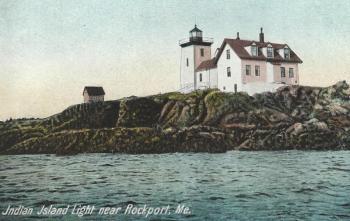 Indian Island Lighthouse, Rockport. (Photo courtesy Barbara F. Dyer)
Indian Island Lighthouse, Rockport. (Photo courtesy Barbara F. Dyer)
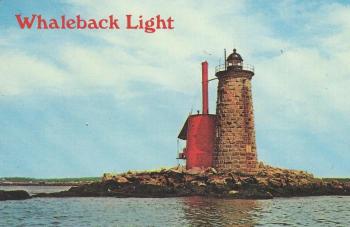 Whale Back Lighthouse. (Photo courtesy Barbara F. Dyer)
Whale Back Lighthouse. (Photo courtesy Barbara F. Dyer)
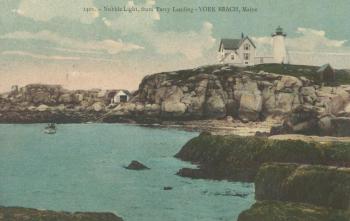 Pemaquid Lighthouse. (Photo courtesy Barbara F. Dyer)
Pemaquid Lighthouse. (Photo courtesy Barbara F. Dyer)
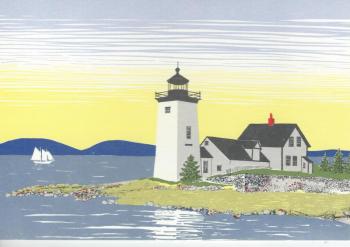 A painting of Grindle Point Lighthouse on Islesboro, by Anne Kilham, of Rockport. (Photo courtesy Barbara F. Dyer)
A painting of Grindle Point Lighthouse on Islesboro, by Anne Kilham, of Rockport. (Photo courtesy Barbara F. Dyer)
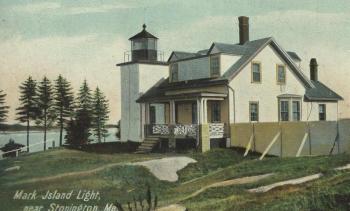 Mark Island. (Photo courtesy Barbara F. Dyer)
Mark Island. (Photo courtesy Barbara F. Dyer)
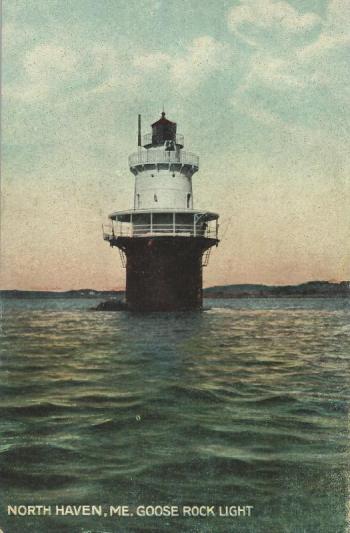 Goose Rock. (Photo courtesy Barbara F. Dyer)
Goose Rock. (Photo courtesy Barbara F. Dyer)
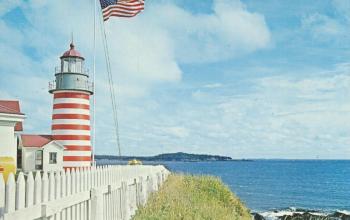 West Quoddy Head. (Photo courtesy Barbara F. Dyer)
West Quoddy Head. (Photo courtesy Barbara F. Dyer)
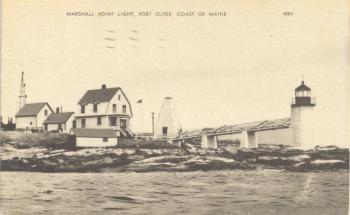 Marshall Point Lighthouse. (Photo courtesy Barbara F. Dyer)
Marshall Point Lighthouse. (Photo courtesy Barbara F. Dyer)
The “sentinels of the Maine Coast” are numerous, with a lot of history, and they come in various sizes, shapes, colors and vary in height. All are very popular with tourists and Mainers alike.
There was a time when the Maine coast was so dark and very difficult to navigate. They did navigate by remembering where the ledges were and hope for just the sight of a small lantern in someone's window.
The large ships sailing would use the stars for a guide.
In 1969, Maine had 64 operating lighthouses; that was more than any other state. At that time, all but four had been automated (and unmanned by the United States Coast Guard not stationed as lighthouse keepers). By the end of that year they expected all Maine lighthouses to be automated.
It was on August 7, 1789, a new Congress made a new Treasury Department responsible for all aids to navigation. It was the responsibility to the officials to take care of those duties, until the Coast Guard took over the operation and maintenance in the 20th Century. They went from smokey whale-oil lamps to fully automated.
George Washington ordered the construction of Maine's first lighthouse in 1787. The construction stopped until a new Congress decided to spend $1,500 and it was lighted in 1791.
The oil lamps were placed in the top of the 80-foot tower shining on Casco Bay from Portland Head. What were called spider lamps replaced them, and many keepers complained that the fumes burned their eyes. They were still used for about 22 years until they came up with the French Argand lamp. Captain Lewis had patented his lamp.
So, about 1812, Congress came up with $60,000 to pay Lewis for his patent and have him install it in all lighthouses including those which Maine had.
They were Portland Head Light, first one built; Seguin Island Light, built in 1797; Whitehead Light, 1804; Franklin Island, 1805; West Quoddy Head Light, 1808; Wood Island Light, 1808; and Boon Island Light, 1811.
These were our earliest lighthouses, and the keeper had quite a job hauling the oil up the tower, filling it, trimming the wicks, and constantly washing the lenses.
A few years later, European lighthouses were revolutionized by the Fresnel lens. Politics and human nature resisted the change for about 30 years. About 1851, Congress established a Lighthouse Board, who found all kinds of fault and proposed a whole change of the system. The lighthouses underwent many changes for the better, including Fresnel lenses.
The last manned lighthouse was Portland Head Light, as it like all the others, became fully automated. They were offered for sale and many towns took them.
Camden owns Curtis Island Light and a family is offered, rent free, to live in it and take care of it. People go there to have an outing and picnics.
During World War II, six Coast Guardsmen were stationed there with the keeper, Capt. Morrison. They took watches in the tower for German submarines in the bay, and there were some.
The keeper lost a son in the service, but he treated the six like they were family. He would invite their girlfriends over for dinner and a tour of the tower. I know first hand, as I was 18 years of age and met a very nice fellow there from New York City.
A neighbor of mine sort of adopted them. If they had a short leave, but not enough time to travel home, she and her husband welcomed them to stay at their home, cooked, and had parties for them.
We have several lighthouses in the Midcoast: Camden with Curtis Island, Rockport with Indian Head Light, Rockland with the Breakwater and a privately built Rockland Harbor Southwest Light by Bruce Woollett. He drew plans in 1981, a replica of Portland Head Light, built it and actually got it registered. That meant he has to operate it, maintain it and have the light always operational.
His license will be revoked if the lighthouse isn't fully restored in 24 hours. It is located on the northern shore of Owl's Head. There is also Owls Head Light, Grindle Point Light in Islesboro, beautiful Marshall Point Light in South Thomaston, as well as Mark Island, Matinicus Island, and Matinicus Rock. Where do we draw the line?
The lighthouses in Maine are different shapes, some of few different materials. The towers are various heights and though many are plain, some have red stripes, some are connected to land, some are on a ledge, some with a walkway, and some float, surrounded by water.
They all have a history, but I know Camden's better than the others.
James Richards, Camden's first settler, sailed into the harbor May 8, 1769, and his cook claimed the island. It carried the same name in history until it became politically incorrect.
George Galt, of Massachusetts, built the lighthouse in 1835, and H.K.M. Bowers became the keeper when it was lighted, until 1841.
Following him were Ephraim Flye to 1845, Obadiah Brown to 1853, William Prince to 1854, E. M. Carleton to 1856.
Then came Adrien Annis, Simon Barbour, Joshua Bramhall and Fred Aldus, who resigned in 1883.
Henry Wiley was appointed and served until he died in 1896, when Howard Gilley took over.
They had to be very self-sufficient men, who kept many vessels on their course and off the ledges.
It was Wiley who reported that the hull of the lost vessel Snow Squall was half way between the outer ledges and Curtis Island. It was so far under water that it was not a menace to navigation. The mainmast, main topmast and foremast were taken care of, as was the cabin and part of the deck that came ashore on Dillingham Point.
On March 12, 1934, the residents of Camden voted to change the name of the island to Curtis Island, in honor of Cyrus H. K. Curtis, who had done so much for Maine and Camden. Camden selectmen accepted the deed to Curtis Island on September 24, 1973. It is one of the prettiest places on earth.
Barbara F. Dyer has lived in Camden all her life, so far.
Event Date
Address
United States

